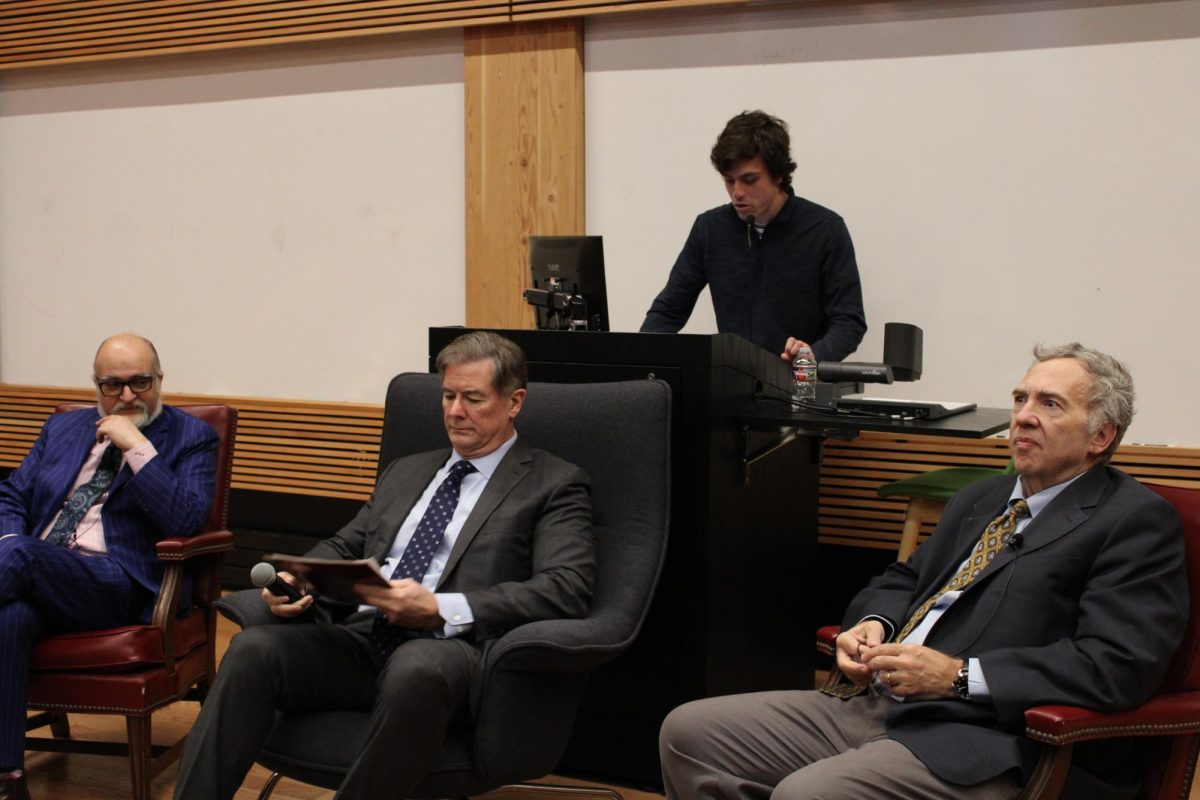Illustration by Noelle Barrera
Throughout the Christian scriptures Jesus Christ is described as the “bridegroom” and the church as his “bride.” This is cute imagery for kitschy worship music, but Catholics take it quite seriously: We do, after all, believe that the bread and wine at communion really do become Jesus’s body and blood, and then we eat it.
The bridegroom physically comes into the body of his bride, the Church. We mix our flesh with the flesh of our God. He pours himself out in love for us, and we receive Him with all the receptive love and intimacy we can muster — and, we are told, this mingling of flesh creates new life within us, much as any bride might become pregnant with new life after she receives her husband.
This way of describing God’s relationship to us is by no means a new invention of Catholicism.
On the contrary, a brief look at even the Old Testament is rife with erotic imagery expressing the love between God and the Church. “My soul thirsts for you; my flesh faints for you,” prays the psalmist; “you have ravished my heart … your lips distill nectar, my bride,” the bridegroom responds in the Song of Songs. And that’s not to mention the more graphic descriptions found in Song of Songs, that entire book of erotic poetry in the Old Testament. And this imagery can certainly be found all the more in the New Testament, within Jesus’s parables, Paul’s theology and the imagery of Revelation showing Heaven as the wedding feast of the Lamb.
Does this seem odd or disconcerting? Erotic and nuptial imagery of God and His people aren’t the first things that come to mind for most people when they think of Christianity. I have found that we are better known for our strict rules of chastity and our puritanism. But that was an odd discovery for me. My experience of the church since I began exploring my faith as a teenager has always been aesthetic and sensual, with the ever-present understanding that Jesus had a body, and that He came to save quite embodied humans.
Consider St. Catherine of Siena. As with some dozens of other women mystics, she was joined to Jesus in a “mystical marriage” in which she pledged her virginity to Jesus and He in turn gave her a wedding ring, all in the context of mystical visions. But Catherine’s wedding ring was somewhat peculiar: it was made of Jesus’s circumcised foreskin. Or gaze at the paintings of “The Lactation of St. Bernard,” in which the mystic monk who wrote beautiful commentaries on the Song of Songs is nursed from the exposed breast of the Blessed Virgin Mary. Perhaps most famously, look at Bernini’s great sculpture, “The Ecstasy of St. Teresa,” in which he depicts one of her famous mystic experiences of an angel piercing her with the love of God, which she describes:
“I saw in His hand a long spear of gold, and at the point there seemed to be a little fire. He appeared to me to be thrusting it at times into my heart, and to pierce my very entrails; when He drew it out, He seemed to draw them out also, and to leave me all on fire with a great love of God.”
What are we to make of these experiences? With a dogmatic materialism and a firm belief that God is made in man’s image, the skeptical psychoanalytic would — and has, many times in academia — point to mysticism as some form of repressed and sublimated sexuality. But perhaps we should believe the (mostly) women; we should not dismiss the experiences of these mystics too soon, not when they are so adamant that they are in ecstasy.
It seems to me that for Christians, for those who believe that men and women are made in God’s image and not the other way around, we can avoid any notion of God’s love being a psychoanalytic analogy for sex. Instead, we know that “the flesh is your reference for knowing the soul,” as the indie band Saintseneca so pithily puts it, and as Aquinas had said more technically before, and we should keep this in mind as we remember Christ’s bodily resurrection this Easter season. Sex is both a symbol that points to, and a foretaste of, the unity of the soul with God in Heaven.






